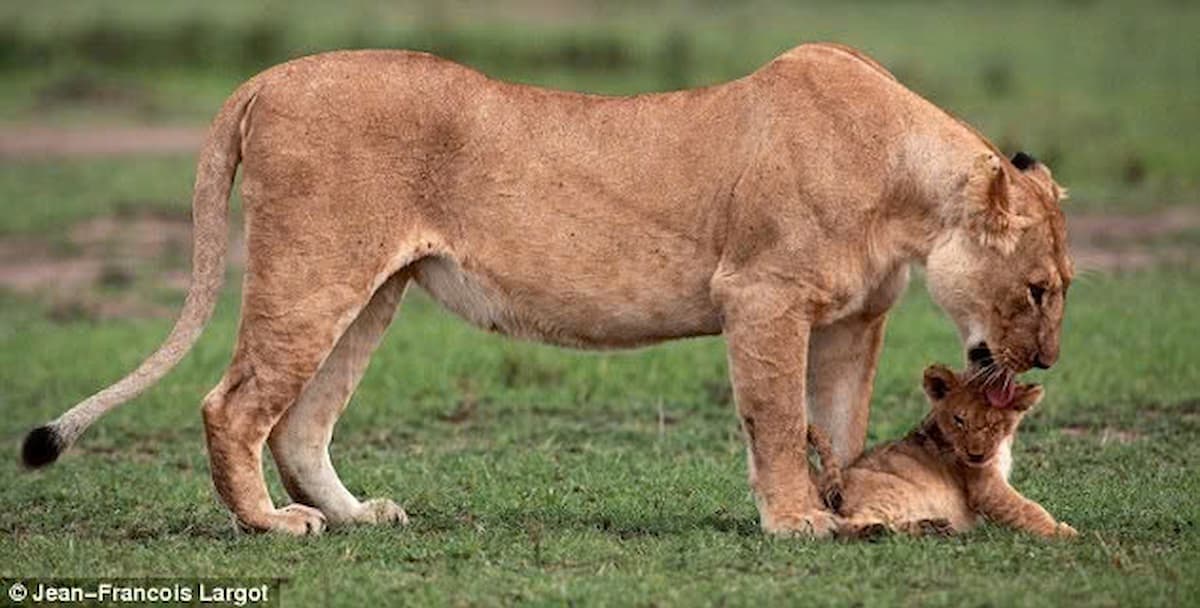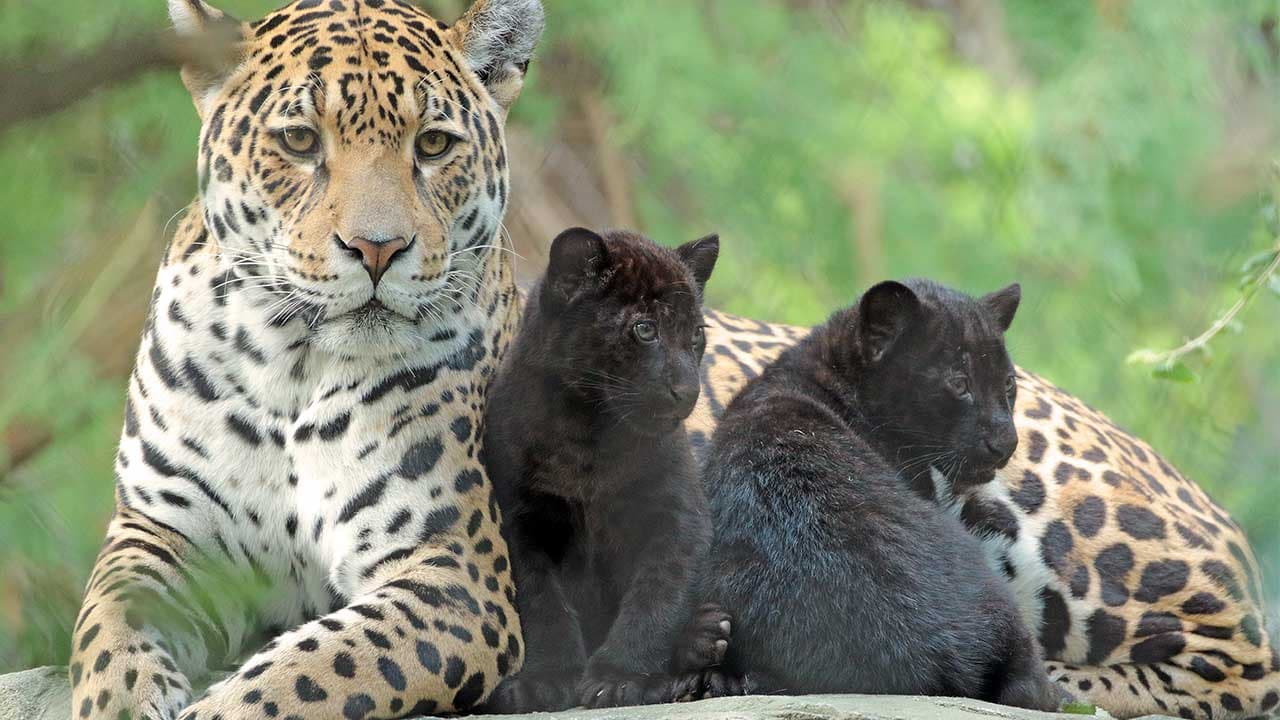In the dense jungles of India, where the wild and the untamed meet, a captivating scene unfolds that has become the talk of both locals and wildlife enthusiasts alike. It is a moment filled with mischief and charm, as a wild elephant, known for its cunning ways, halts passing trucks to steal sugarcane. This cheeky behavior not only showcases the intelligence of these magnificent creatures but also serves as a reminder of the delicate balance between human activities and wildlife.

The story begins each morning when a lone elephant, with its massive gray body and long, curved tusks, emerges from the forest and makes its way to the roadside. Its large, ear-flapped form appears out of nowhere, startling drivers and pedestrians alike. What happens next is a mix of surprise, amusement, and awe. The elephant seems to have an uncanny ability to spot the sugarcane-laden trucks making their way down the dusty road. It waits patiently, its trunk swaying with the wind, its massive ears flapping gently as it positions itself strategically near the road.
As a truck filled with sugarcane slowly approaches, the elephant springs into action. Using its powerful trunk, it reaches out and with impressive dexterity, snatches a bundle of sugarcane from the back of the truck. The driver, startled at first, usually reacts with a mixture of confusion and laughter. The elephant, however, is unfazed. It continues its feast, munching on the sugarcane with apparent satisfaction, as if it were the most natural thing in the world.

At times, the truck driver may attempt to drive away quickly, but the elephant is always one step ahead. With its immense strength and swift movements, it blocks the path, ensuring it gets its share of the sweet treat. The entire scene often feels like a carefully orchestrated act, with the elephant taking full advantage of its size and intelligence to get what it wants.
Locals who have witnessed this remarkable sight speak of it with affection. Many of them refer to the elephant as a clever, resourceful creature, who has learned how to interact with human-made structures to fulfill its desires. Though the actions of the elephant may seem like a simple act of theft, it is a vivid demonstration of how wildlife adapts to human environments. The sugarcane, a crop grown in the area, becomes an easy source of food for the elephant, and the trucks are a convenient means of accessing it.

But beyond the humor and charm of the situation, this moment also serves as a poignant reminder of the complex relationship between humans and wildlife. The jungle is shrinking, and the paths that were once exclusively for animals are now being shared with roads, buildings, and fields. Elephants, in their search for food and space, often find themselves wandering into human settlements, where they encounter both help and conflict. The trucks carrying sugarcane symbolize the intersection of human activity with the natural world, and the elephant’s antics are a testament to its resilience and adaptability in the face of environmental changes.

In a way, the elephant’s bold and playful actions also carry an underlying message about the importance of respecting wildlife and finding ways to live in harmony with the animals that share our world. Perhaps this mischievous elephant, in its quest for a sweet snack, is a symbol of the broader struggle for coexistence. As we continue to encroach on their habitats, animals like this elephant are forced to adapt, sometimes in ways that seem amusing, but also poignant.
The sweet moment of the mischievous wild elephant stealing sugarcane remains a cherished memory for many who have witnessed it. It reminds us of the beauty and intelligence of these magnificent creatures and the need to ensure they are protected in an ever-changing world. In this simple act, we find not only entertainment but also a call to action—one that asks us to consider how we can coexist with nature while preserving its wonders.















